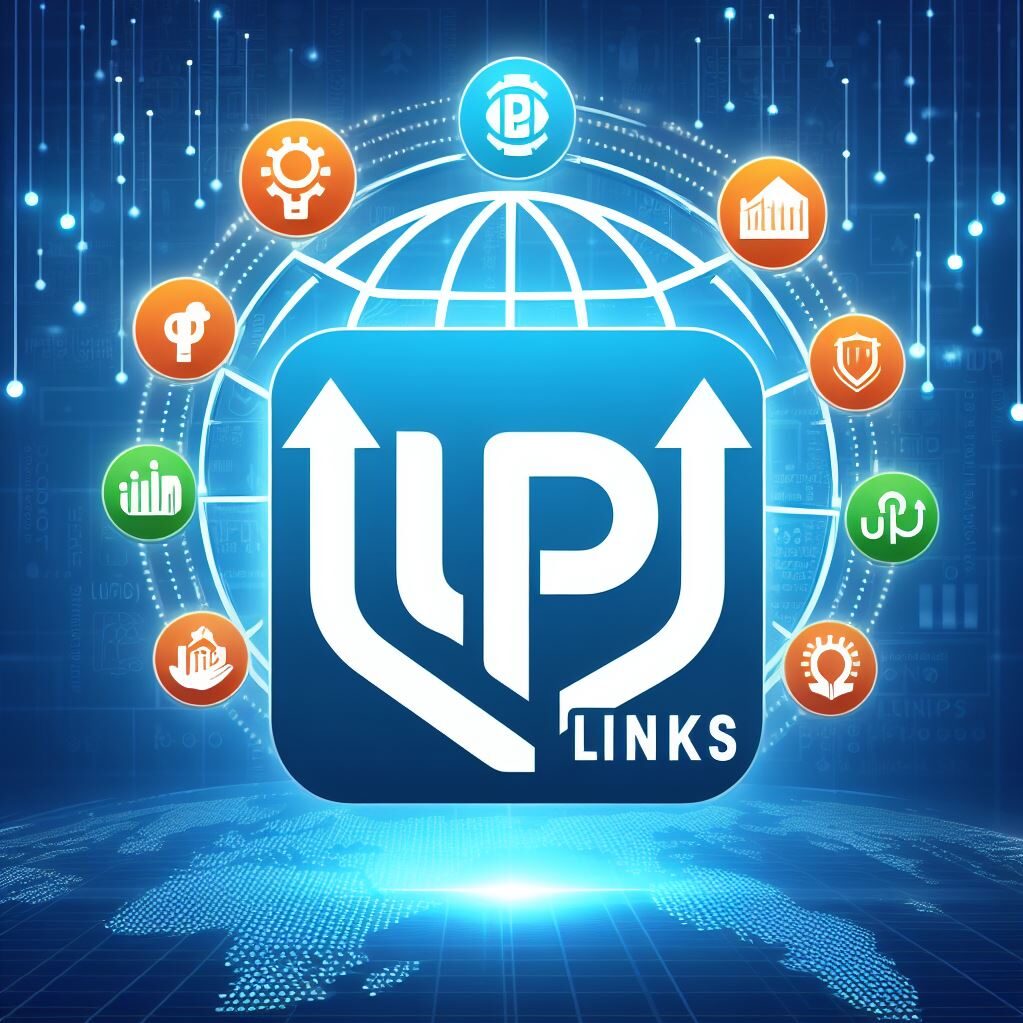Cryptocurrency and UPI (Unified Payments Interface) are two distinct digital payment methods that have seen a surge in popularity in recent times. Cryptocurrency, such as Bitcoin and Ethereum, is a decentralized digital currency that utilizes blockchain technology to record transactions, which are verified and recorded on a public ledger, thus making them secure and transparent. One of the main benefits of using cryptocurrency for payments is that it is not controlled by any government or financial institution, allowing for transactions to be made without intermediaries and quickly.
UPI, on the other hand, is a digital payment system developed by the National Payments Corporation of India that enables instantaneous money transfers between two bank accounts on a mobile platform. It allows for peer-to-peer transactions, bill payments, and other banking transactions via a virtual address, eliminating the need for bank account details. UPI has revolutionized the Indian payments space but it lacks the security provided by cryptocurrency payments.
In summary, both cryptocurrency and UPI payments have their own unique advantages and disadvantages. Cryptocurrency payments provide greater security and transparency but are not widely accepted as a form of payment and can experience volatility in value. On the other hand, UPI payments are widely accepted in India and easy to use, but not as secure as cryptocurrency payments. As technology continues to advance, we can anticipate more integration and acceptance of both types of digital payments in the future.


